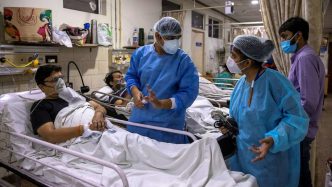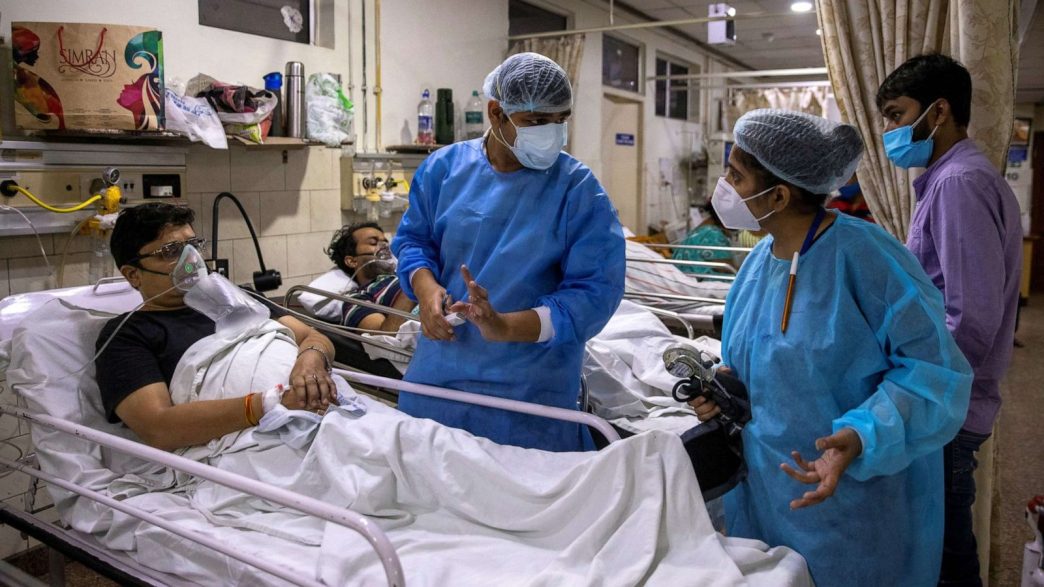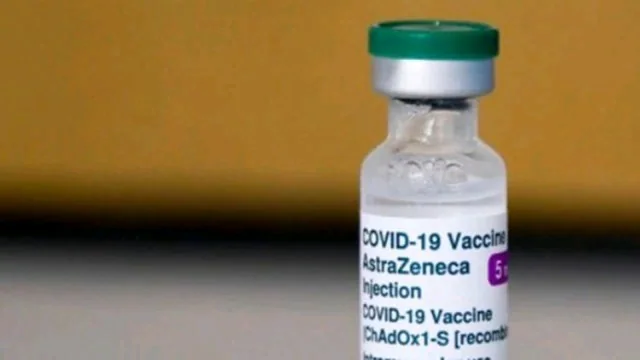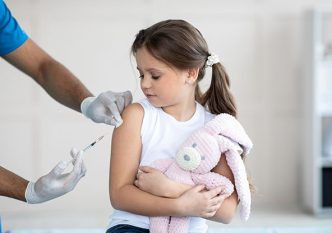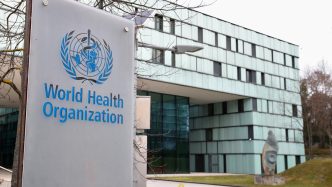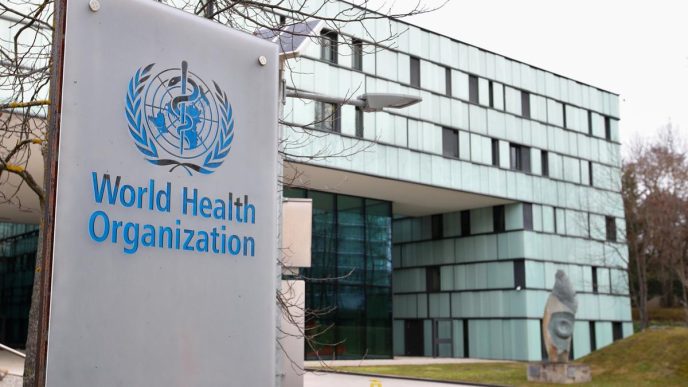This comes as India recorded 3,758 active Covid-19 cases on June 1, with five states — Kerala, Maharashtra, Delhi, Gujarat and Karnataka — accounting for 76 per cent of the total infections in the country, according to the latest data from the Ministry of Health and Family Welfare.
Among states, Kerala has the highest caseload of 1,400 — a rise of 970 cases over the last week. It is followed by Maharashtra at 485 cases, of which 50 were reported on Saturday.
Delhi too saw an increase of 332 cases since May 26, with the national capital currently reporting 436 active Covid-19 cases. Similarly, Gujarat and Karnataka are also reporting high caseloads at 320 and 238 active cases respectively.
The surge has been more pronounced in the last weeks of May 2025, with health ministry data suggesting that India saw a 272 per cent rise in cases within the six-day period from May 26 (1,010 cases) to June 1.
Neha Rastogi Panda, consultant–infectious diseases at Fortis Memorial Research Institute, Gurugram, said that Kerala, Maharashtra and Delhi are seeing a notable uptick in infections from emerging subvariants of the JN.1 variant such as NB.1.8.1 and LF.7.
According to data from the Indian SARS-CoV-2 Genomics Consortium (Insacog), India has already detected six cases of the LF.7 variant from Gujarat and Tamil Nadu. Similarly, two cases of the NB.1.8.1 subvariant have been detected from Maharashtra and Tamil Nadu this month.
While these subvariants may not be behind India’s current surge, JN.1 still remains the dominant strain in the country. According to sources in the ministry, the surge is being led by the JN.1, XFG and LF 7.9 variants, which belong to the Omicron family and cause mild infections.
“A notable but gradual increase in cases of acute respiratory illnesses caused by seasonal influenza, SARS-CoV-2 and respiratory syncytial virus is being seen in some parts of the country,” sources in the ministry added.
Panda added that while high transmission is also being observed, there is no rise in severe cases that may require hospitalisation.
Another doctor added that a reason behind the rise in cases could be increased testing. “Rising case numbers have led to an uptick in testing, which had reduced considerably over the year,” he added.
Sabine Kapasi, advisor, public health and healthcare services, and strategist with the United Nations Covid-19 Task Force, said that while the numbers are not alarming, they do signal a need for vigilance.
To counter the current surge, several states and union territories have issued advisories asking both government and private hospitals to ensure preparedness in terms of beds, oxygen, antibiotics and other drugs.
State governments have also asked hospitals for daily reporting of influenza-like illnesses and severe acute respiratory illnesses to the Centre’s Integrated Health Information Platform.
Central health authorities have also swung into action, holding several review meetings to assess the situation in the country. According to reports, Union health secretary Punya Salila Srivastava has asked all states to submit an action taken report over preparedness plans by June 2.
